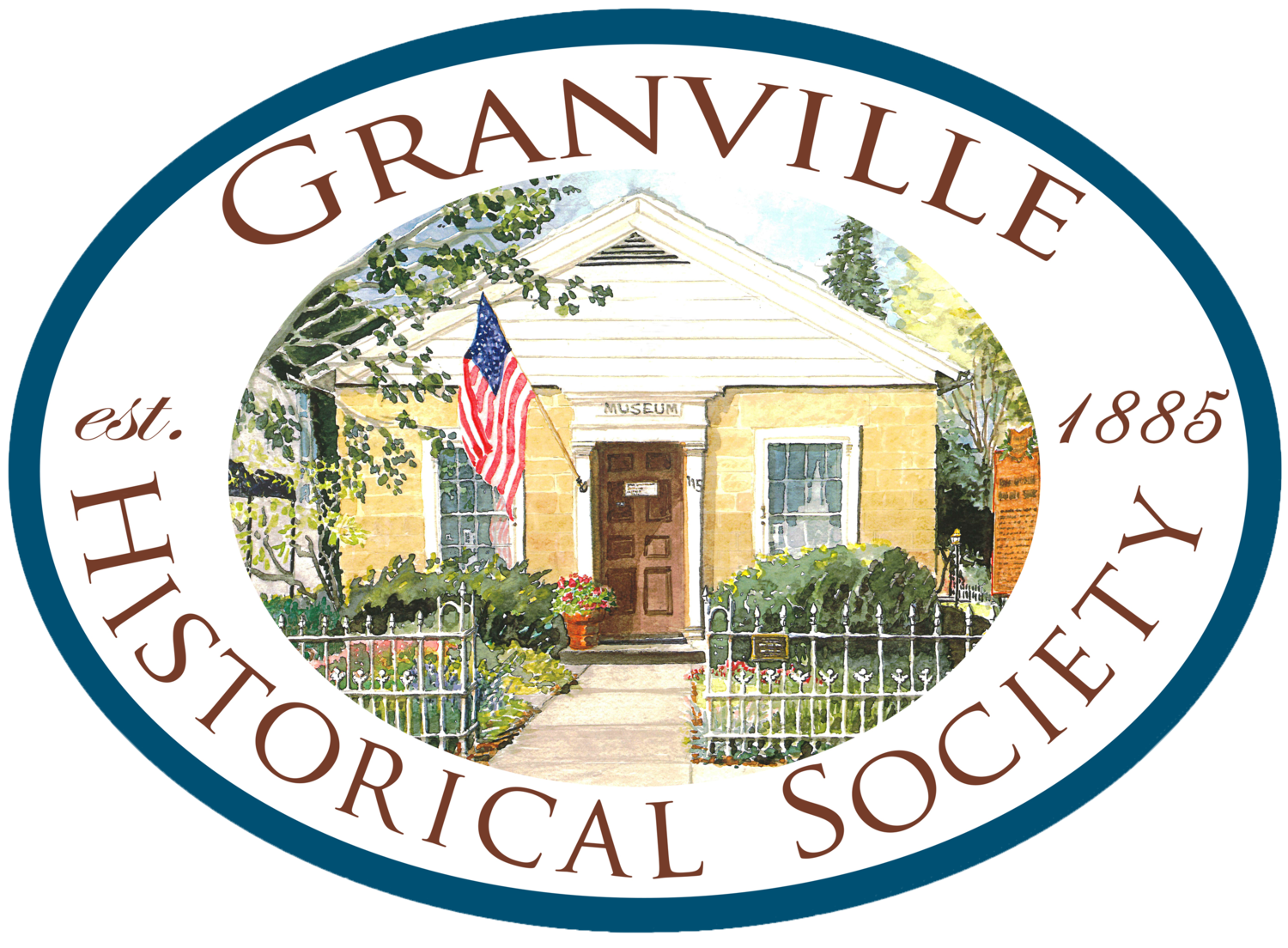For the 2016 Candlelight Walk, the GHS revived the "What Is It?" Game
The Granville Historical Society revived its "What Is It?" Game during this year's Candlelight Walk, with visitors trying to identify objects from the collection dating back to the 1800s and up to the 1950s.
As promised, here are the answers for the curious and for those who were brave enough to put their knowledge of old-time objects to the test.
- Object 1: The bleached wood tray was used as a flatware carrier and storage piece. While virtually everyone recognized it as an item to carry something, the answers ranged from tools, flowers & herbs to yarn, berries and beer. The last from an under 12 contestant who may have been influenced by a playful parent.
- Object 2: The shape, mirrored glass and fancy design led most people to think this was a door knob. It was a drapery tie back, a useful and very decorative object in many formal sitting rooms.
- Object 3: One of the more difficult things to name, this toothed iron tool with a large wood handle was used to create threaded screw holes for wooden screws. Barn builders would have used it as they joined the beams. The chilly temperatures might have been the reason several folks were thinking of ice borers but a couple of youngsters had darker visions -- a torture device or a dental tool. Ouch!
- Object 4: This object was an important piece of technology in the Granville railroad depot. While most people figured out that this was a Morse Code or telegraph instrument, only one person was able to specify it as the receiver instrument for telegraph messages. The wood hood was designed to amplify the clicks being sent. Our young contestants had imaginative answers that ranged from a lamp, doorbell, receipt maker, & music box to ice cream maker.
- Object 5: Despite a design that has changed little over the years, the size seemed to mislead many people into other uses for this shoe horn. Or perhaps flip-flops are truly taking over.
- Object 6: Most of our young contestants guessed this was a toaster. Many adults could begin to identify its fuel reservoir, and some its adjustable wicks, but it was the final hurdle to naming it as a portable stove that stumped many of our contestants. The eisenglas windows (made of thin mica sheets that are heat resistant) allowed the user to see how high the flame was but led some to the conclusion that it was a lamp. The open flame would have made toast a tricky job and the fuel probably would have left an off taste.
- Object 7: A few people could recognize these rubber "spoolies" immediately but most wanted to place them in a knitting bag or sewing machine box. The once-flexible rubber spools were found among women's hair care products for creating "pin curls" that didn't fall apart, were faster to create and were softer to sleep on than metal "bobbie pins." I think we can conclude that pin curls are out of style and when was the last time you slept on curlers of any design in this age of blow dryers and curling irons?
- Object 8: Although the small holes and concave shape had most people class this as either a sifter or strainer, the specific use was more difficult. Before mechanical separators took over in dairies, this small tool was used to skim the cream from pails of milk. The thinner milk fluid drained more quickly through the small holes leaving the thicker cream in the tin saucer. The most imaginative use proposed was as a fish scaler.
- Bonus Object: Called a "swingle" in our collection records, this beautiful wood paddle was designed to help move laundry around, saving hands from harsh soaps and hot water.
Thanks to the 1,000 plus visitors who stopped by the museum and congratulations to our winners.







